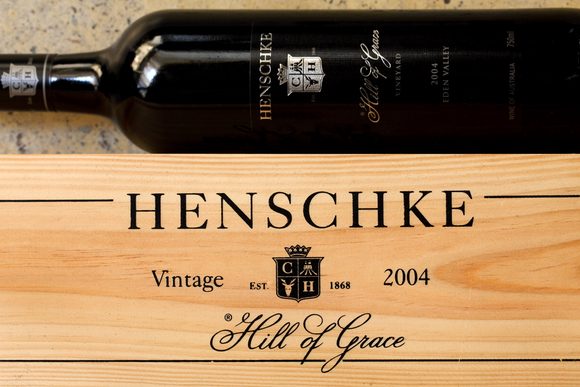From Identity Crisis and Shiraz Muffins to King of our Reds
You could argue that Shiraz made a more remarkable comeback in the past two decades than John Howard after he dismissed his political future with that ‘Lazarus with a triple bypass’ line. In the sixties, most Shiraz was labelled as Hermitage. In the seventies, we had a choice depending on who sold it. In the eighties, we saw Shiraz muffins appear in bakeries because we had a red wine glut.
The glut was so bad that the government of South Australia paid growers to rip vines out of the ground and burn them. No, politicians without brains and vision are not a new phenomenon. In the nineties, US wine Uebermensch Robert Parker paid us a visit and declared that some of our reds made from old Shiraz vines – those that remained – were among the best reds he’d ever tasted. Suddenly Shiraz became as Australian as football, meat pies and Holden cars.
A remarkable comeback
Shiraz or Syrah as it’s called elsewhere is our most common red variety, planted widely from the Hunter to the Margaret River. It’s both our workhorse and super premium variety, which covers a lot of ground. You see, despite the variety’s ups and downs in fortune, our two most expensive wines have always been made from Shiraz: Penfolds Grange and Henschke Hill of Grace.
The only other place where Shiraz plays such a dominant role is the Rhone Valley in the South of France. In the northern Rhone, it is the variety behind the famous appellations of Hermitage, Cote-Rotie, Cornas, Crozes-Hermitage and Saint-Joseph. In the southern Rhone, Shiraz is a key component of many blends from Cote-du-Rhone to Chateauneuf de Papes. It’s main partners here are Grenache and Mourvèdre / Mataro, blends we know as GSM.
Jekyll and Hyde
Shiraz has multiple personalities: in the northern Rhone, it tends to make elegant, lean and stylish reds with fragrant, spicy, peppery, herbaceous cool climate characters. We see some of these characters in Shiraz reds from the cooler parts of Victoria, the Pyrenees, the Grampians and Geelong. In the warmer Barossa Valley and McLaren Vales, Shiraz tends to make big soft, rich reds with opulent – sometimes jammy – fruit in the plum spectrum and heady alcohol levels. In the just as hot Hunter Valley, it often surprises us with its elegance.
In my previous post Aussie Reds – so much alcohol, so little finesse, I quoted Roger Scruton who wrote a New Statesman column headed Grapes of Wrath, where said: ‘To force Syrah up to an alcoholic content of 14 per cent or more, tricking it into early maturation so as to put the result on the market with all its liquorice flavours unsubdued, puffing out its dragon breath like an old lecher leaning sideways to put a hairy hand on your knee, is to slander a grape that, properly treated, is the most slow and civilised of seducers.’
The benefit of blending
The true Aussie red is in fact the Cabernet Shiraz blend. These two individuals don’t team up anywhere else in the world, not even in America. Over there, they love Zinfandel (Primitivo) which is often blended with Shiraz (Syrah) and another variety known as Petite Sirah which is not related to the previous two despite its name. Petite Sirah is called Durif in Australia, and we grow a little of it near Rutherglen where it used to make blockbuster reds and dry ports that needed no Brandy spirit.
Zinfandel has similar tendencies, and both varieties are known for their impenetrable colour, high alcohol and big tannins which makes them perfect partners in the Robert Parker-inspired craze for huge reds. I suspect the Shiraz is often added to give a touch of class and restraint to the two wild ones.
So there you have it: Shiraz is Syrah but Petite Sirah is Durif, and Zinfandel is Primitivo.
Kim

